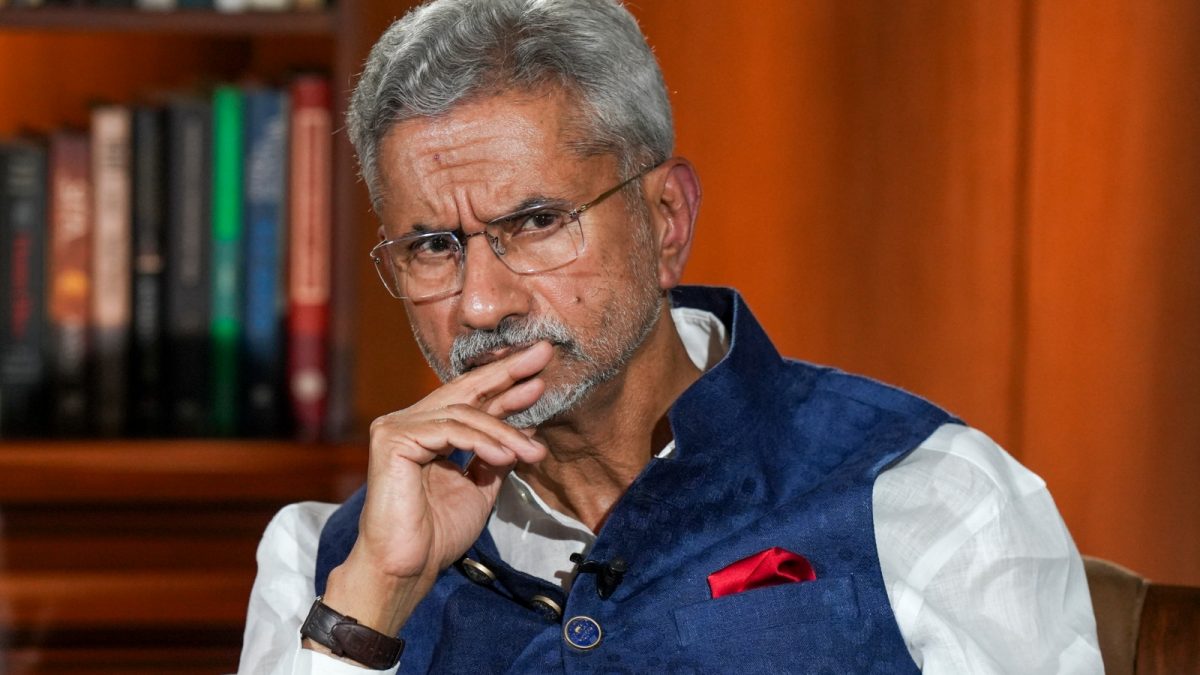Last Updated:June 10, 2025, 16:49 IST
Measuring between 53 and 67 meters in diameter—about the size of a 10-storey building—the asteroid was classified as an Apollo-type and raised fears that it could impact Earth

The asteroids- dubbed 2020 SB, 524522, and 2002 CL1- are currently locked in an orbit with Venus. (Image Credit: Shutterstock)
It was late 2024 when astronomers around the world were abuzz with concern over a newly discovered asteroid—designated 2024 YR4—which had appeared on NASA’s radar.
Measuring between 53 and 67 meters in diameter—about the size of a 10-storey building—the asteroid was quickly classified as an Apollo-type, a group known for their Earth-crossing orbits. Early calculations suggested a slim but real possibility that the space rock could impact Earth, prompting widespread attention and careful monitoring by NASA’s Center for Near-Earth Object Studies at the Jet Propulsion Laboratory in Southern California.
However, as 2025 unfolded, the asteroid slipped out of view for Earth-based telescopes, its orbit taking it too far to be observed directly. Fortunately, the James Webb Space Telescope (JWST) managed to capture one final glimpse of 2024 YR4 before it vanished behind the glare of the Sun. These observations proved crucial: with the new data, NASA scientists refined the asteroid’s predicted path, narrowing down its location for December 22, 2032, with nearly 20 per cent greater accuracy.
However, the updated calculations have brought about a surprising twist. While the risk to Earth had been ruled out, the odds of 2024 YR4 striking the Moon in 2032 ticked up slightly—from 3.8 per cent to 4.3 per cent, posing the question: What would happen if the asteroid did hit the Moon? Would it affect the Moon’s orbit, or pose any danger to Earth?
In an interview with Space.com, astronomer Pawan Kumar, a former researcher at the Indian Institute of Astrophysics in Bengaluru, sought to reassure the public, explaining that even if the asteroid were to collide with the Moon, it would not be a cause for concern. The Moon’s orbit would remain unchanged, and any debris ejected by the impact would likely burn up harmlessly in Earth’s atmosphere if it ever made its way toward us, he added.
The JWST’s observations also set a record: at roughly 60 meters across, 2024 YR4 became the smallest object ever targeted by the powerful space telescope. This achievement underscored the growing capabilities of modern astronomy to track even modestly sized objects across the vastness of space.
Today, astronomers continue to keep a close watch on 2024 YR4, refining their models and preparing for any surprises. While the asteroid’s journey may one day end with a dramatic impact on the Moon, Earth remains safe—for now.

Apoorva Misra is News Editor at News18.com with over nine years of experience. She is a graduate from Delhi University's Lady Shri Ram College and holds a PG Diploma from Asian College of Journalism, Chennai. M...Read More
Apoorva Misra is News Editor at News18.com with over nine years of experience. She is a graduate from Delhi University's Lady Shri Ram College and holds a PG Diploma from Asian College of Journalism, Chennai. M...
Read More
News world Earth Safe For Now, But Asteroid 2024 YR4 May Hit The Moon In 2032, Warns NASA

 22 hours ago
22 hours ago

















